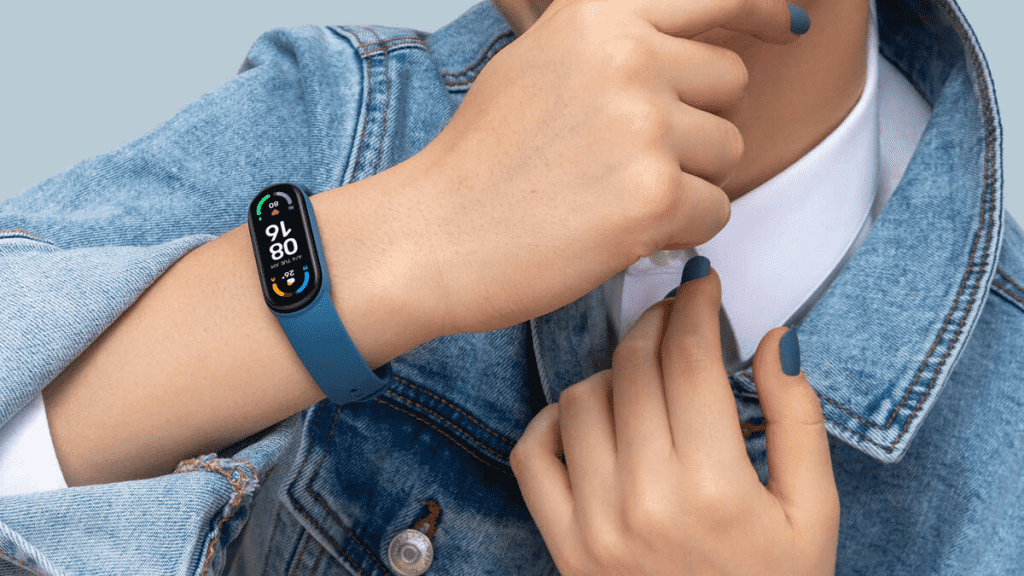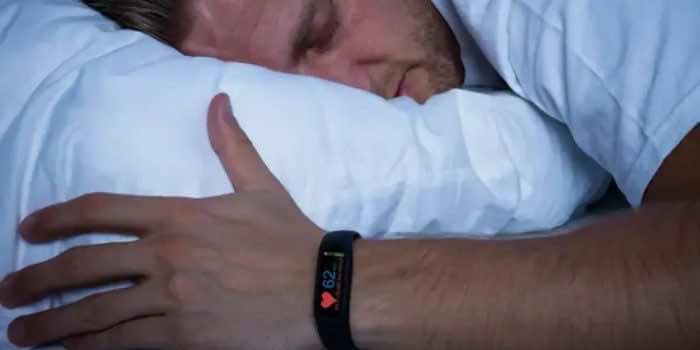Researchers have developed a novel wrist-worn device that marks itself as a good candidate for detecting the symptoms of COVID-19 before they can actually occur. Although the technique is not new, researchers have utilized almost the same mechanism to detect the symptoms of influenza and the common cold as reported in research published last year. However, this new device has been specifically designed by incorporating an algorithm to detect the symptoms of COVID-19 a couple of days before they occur. It should be noted that the research work for this detecting device began in 2020 when COVID-19 was spreading like a wildfire.

The wristwatch, known as the “Ava Bracelet,” has been given to 1,000 young participants who participated in this continued research work. It is made to be worn at night and can detect “heart rate, breathing rate, skin temperature, heart rate variability, and blood flow” every 10 seconds. As the study completed its one-year, there was a lab-confirmed case of COVID-19 from the 11% population. Moreover, half of those COVID-positive patients wore the device at a much higher frequency, which ultimately assisted researchers in setting up an algorithm through the data gathered from these participants that can detect the infection as soon as it progresses into the body, even before the presence of any physical symptoms.

The researchers said, “Wearable sensor technology is an easy-to-use, low-cost method for enabling individuals to track their health and well-being during a pandemic. Our research shows how these devices, partnered with artificial intelligence, can push the boundaries of personalized medicine and detect illnesses prior to SO [symptom onset], potentially reducing virus transmission in communities. “
Coupled with this, the algorithm that was being designed after gathering data from the population under consideration was then trained on 70% of the COVID-positive group. The algorithm was then applied to 30% of the remaining population, and guess what? Through the algorithm, around 68% of infected patients were caught by this wearable device even two days before their symptoms started to appear.

According to David Conen, who is the author of this study, “That an existing medical device is able to be used in a different meaning [shows] that wearables have a promising future. This is not related only to COVID; in future diseases, it could also lead to preventative treatments and prevent significant complications. ” Apart from this, the team is now expanding their research and it was reported that they are implementing the procedure on about 20,000 people, the results of which are expected in the last quarter of this year.


